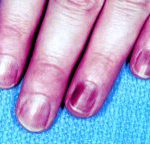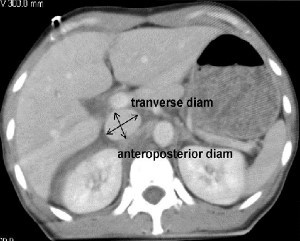The Highway Safety Act of 1966 led to a mandate that all states adopt universal helmet laws for all motorcycle riders or risk the loss of federal highway funds. By 1975, all but 3 states had enacted these laws. However, Congress then did an about-face and eliminated the helmet law requirement for receiving the funds. Many states then revisited their laws, and some repealed them. As of now, 20 states (and D.C.) have inclusive helmet laws, 27 have conditional laws, and 3 (IL, IA, NH) have no helmet requirements.
Croce and his group in Memphis looked at the impact of helmet use in motorcyclists using the National Trauma Data Bank from 2002-2007. They found:
- Helmet use was higher in states with helmet laws (90%), vs conditional laws (61%), vs no laws (53%)
- Helmeted riders had less severe injuries in nearly all brain and skull trauma. Glasgow Coma Scale and Injury Severity Scores were significantly lower.
- Cervical spine fractures were less frequent in helmeted patients (3.9% vs 5.9%)
- Hospital and ICU stays were shorter for riders who wore helmets
- Mortality was significantly lower in helmeted motorcyclists (3.8% vs 6.7%)
- Significantly more helmeted riders were insured
Advocacy groups continue to try to repeal or weaken helmet laws, generally based on a 1986 report (ref 2) which stated that helmets decrease peripheral vision and hearing, increase the number of cervical injuries, and have no impact on mortality. Frequently, proponents of helmet law repeal also claim that the laws infringe on personal freedom.
Helmets do decrease peripheral vision by 20 degrees, but research and a DOT report have shown that this has no impact on motorcycle safety or impact rates (refs 3,4). Helmets have been shown to have no impact on hearing at low speeds, and all riders (with or without helmets) have decreased hearing at higher speeds. Helmets do not diminish or enhance hearing at any given speed (ref 4). A number of studies, including this one, have shown that cervical injuries are less frequent in riders who survive the crash.
The insurance and hospital utilization information in this paper is most interesting. Unhelmeted riders have more significant injuries, are more likely to stay in the hospital and ICU longer, and are much less likely to have insurance to pay for it. And this is for the survivors! Deaths create an even greater societal burden, with lost lifetime earnings, tax revenues and other adverse economic effects.
Courts have repeatedly upheld mandatory helmet laws under the Constitution when challenged. A federal court once responded to one of these challenges with this quote:
“From the moment of injury, society picks the person up off the highway, delivers him to a municipal hospital and municipal doctors; provides him with unemployment compensation if, after recovery, he cannot replace his lost job; and, if the injury causes permanent disability, may assume responsibility for his and his family’s subsistence. We do not understand a state of mind that permits plaintiff to think that only he himself is concerned.”
For a list of current helmet law status by state, click here.
References:
- Impact of motorcycle helmets and state laws on society’s burden. J Trauma 250(3):390-394, 2009.
- The effect of motorcycle helmet use on the probability of fatality and the severity of head and neck injuries: a latent variable framework. Evaluation Review 10:335-375, 1986.
- Motorcycle helmets – medical costs and the law. J Trauma 30:1189-1199, 1990.
- The effects of motorcycle helmets upon seeing and hearing. NHTSA Report number DOT HS 808-399, 1994.


